
Catania: The Gem of Sicily's East Coast
Explore Catania, a city where ancient ruins, baroque architecture, and vibrant markets meet the stunning backdrop of Mount Etna, offering an unparalleled cultural and natural experience.
Nestled at the foot of the mighty Mount Etna, Catania is a vibrant city where ancient history and modern life coexist harmoniously. As a UNESCO World Heritage site, its baroque architecture and stunning piazzas offer a glimpse into the past, while its bustling markets and lively nightlife reveal its dynamic present. Stroll through the historic center and marvel at the grandiose Catania Cathedral in Piazza del Duomo. The square is also home to the iconic Fontana dell'Elefante, a symbol of the city. Venture a bit further and you'll find the ancient Greco-Roman Theatre, a testament to Catania's rich cultural heritage. Food lovers will rejoice in Catania's culinary delights. The city is famous for its fresh seafood, arancini, and mouth-watering pastries like cannoli and cassata. Be sure to visit the vibrant La Pescheria fish market for an authentic local experience. For adventure seekers, a trip to Mount Etna is a must. The active volcano offers hiking trails and guided tours that provide breathtaking views of Sicily and beyond. Whether you're exploring its historic streets or venturing into nature, Catania promises an unforgettable experience.
Local tips in Catania
- Visit Catania Cathedral early in the morning to avoid crowds.
- Wear comfortable shoes; the city is best explored on foot.
- Try local street food like arancini from a market stall.
- Take a guided tour to Mount Etna for the safest and most informative experience.
- Use public transportation or rent a bike to explore more of the city.
- Learn basic Italian phrases; locals appreciate the effort.
Neighbourhoods in Catania
Catania: The Gem of Sicily's East Coast
Nestled at the foot of the mighty Mount Etna, Catania is a vibrant city where ancient history and modern life coexist harmoniously. As a UNESCO World Heritage site, its baroque architecture and stunning piazzas offer a glimpse into the past, while its bustling markets and lively nightlife reveal its dynamic present. Stroll through the historic center and marvel at the grandiose Catania Cathedral in Piazza del Duomo. The square is also home to the iconic Fontana dell'Elefante, a symbol of the city. Venture a bit further and you'll find the ancient Greco-Roman Theatre, a testament to Catania's rich cultural heritage. Food lovers will rejoice in Catania's culinary delights. The city is famous for its fresh seafood, arancini, and mouth-watering pastries like cannoli and cassata. Be sure to visit the vibrant La Pescheria fish market for an authentic local experience. For adventure seekers, a trip to Mount Etna is a must. The active volcano offers hiking trails and guided tours that provide breathtaking views of Sicily and beyond. Whether you're exploring its historic streets or venturing into nature, Catania promises an unforgettable experience.
When is the best time to go to Catania?
Iconic landmarks you can’t miss
Ursino Castle
Explore the majestic Ursino Castle in Catania, a historic fortress and museum revealing the city's extraordinary past.
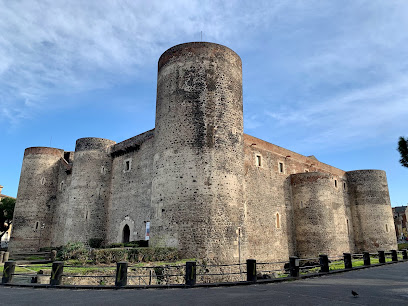
Fountain of the Elephant
Discover the Fountain of the Elephant, Catania's iconic baroque masterpiece, rich in history and a symbol of the city's volcanic heritage.
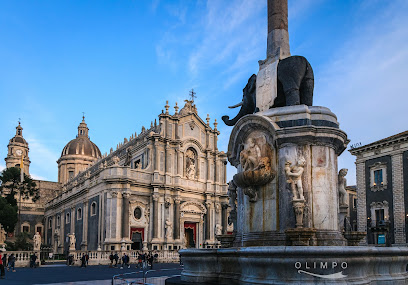
Piazza Università
Discover the enchanting Piazza Università in Catania, a historical landmark and cultural hub with stunning architecture and vibrant local life.

Basilica Cattedrale di Sant'Agata
Explore the stunning Basilica Cattedrale di Sant'Agata, a baroque masterpiece and the heart of Catania's cultural and spiritual heritage.
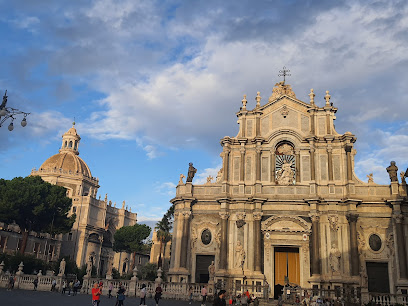
Greek - Roman theatre
Explore the Greek-Roman Theatre in Catania, an ancient gem where history, culture, and stunning architecture intertwine for an unforgettable experience.
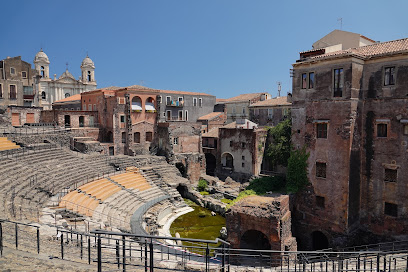
Orto Botanico di Catania
Explore the lush landscapes and diverse plant life at Orto Botanico di Catania, a serene retreat in the heart of the city.
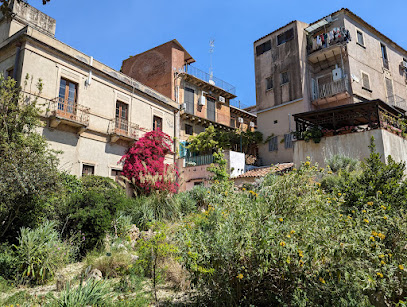
Roman Amphitheater of Catania
Discover the ancient Roman Amphitheater of Catania, a magnificent archaeological site showcasing the grandeur of Rome's architectural legacy.
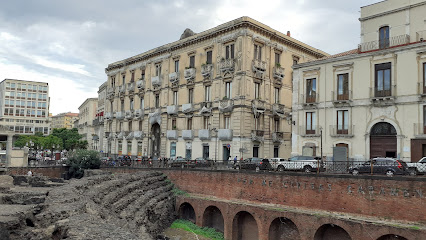
Porta Garibaldi
Discover Porta Garibaldi, a stunning historical landmark in Catania, rich with architectural beauty and cultural significance, perfect for every traveler's itinerary.
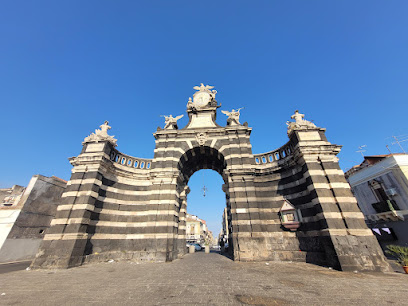
Palazzo Biscari
Explore the breathtaking Baroque elegance of Palazzo Biscari, a historical gem in Catania that showcases art, architecture, and Sicilian culture.
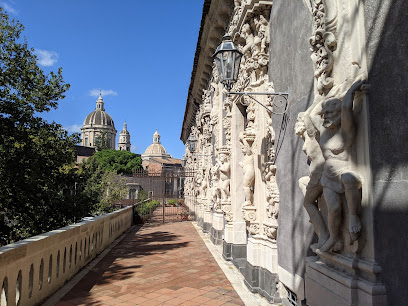
Parco Vulcania
Explore Parco Vulcania in Catania: a serene park offering lush greenery and cultural experiences in the heart of the city.
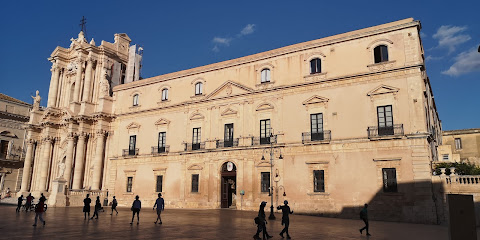
Palazzo Platamone
Discover the architectural splendor and rich cultural heritage of Palazzo Platamone, a must-visit landmark in Catania, Italy.
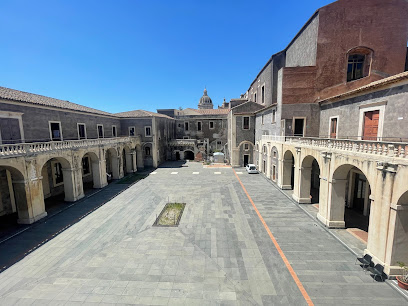
Benedictine Monastery of San Nicolò l'Arena
Explore the Benedictine Monastery of San Nicolò l'Arena: a historical gem in Catania with stunning architecture, rich culture, and serene gardens.
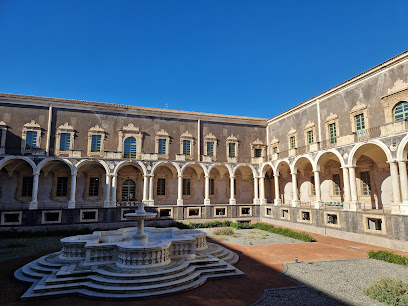
Basilica della Collegiata
Explore the beauty of Basilica della Collegiata in Catania, a stunning Baroque church rich in history and architectural grandeur.
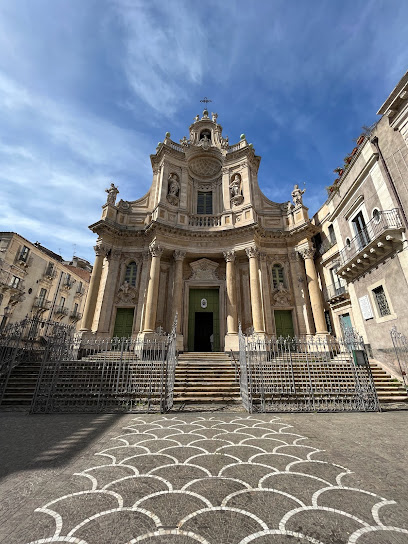
Chiesa della Badia di Sant'Agata
Discover the stunning Chiesa della Badia di Sant'Agata, a baroque masterpiece in Catania, offering breathtaking views and rich history.
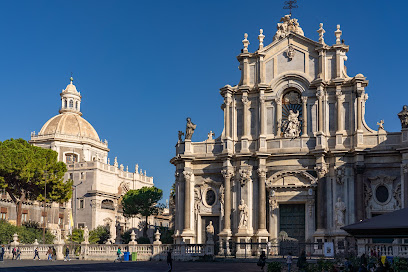
Porta Uzeda
Experience the grandeur of Porta Uzeda, the historic gateway to Catania's vibrant Piazza del Duomo, a must-visit for every traveler in Sicily.
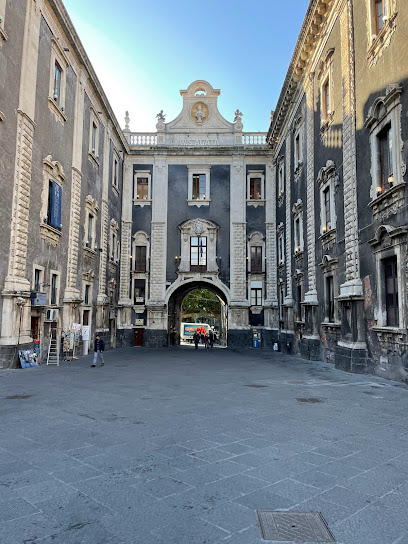
Unmissable attractions to see
Teatro Antico di Taormina
Explore the rich history and breathtaking views of Teatro Antico di Taormina, a stunning ancient Greek amphitheater in the heart of Sicily.
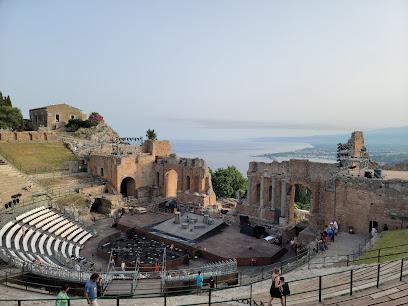
Villa Bellini/Chiosco Bellini
Explore Villa Bellini, Catania's picturesque park, featuring stunning views, historical architecture, and serene gardens perfect for relaxation.
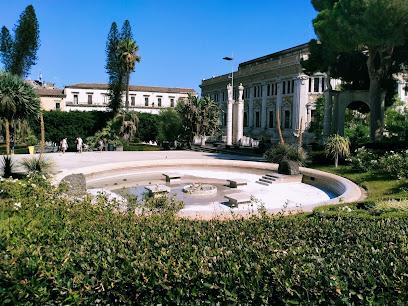
Ursino Castle
Explore the historical grandeur of Ursino Castle, a captivating museum and tourist attraction in the heart of Catania, Italy.
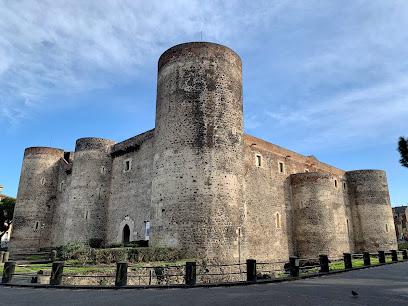
cratères Silvestri
Discover the breathtaking Cratères Silvestri in Nicolosi, a stunning natural preserve showcasing the beauty of Sicily’s volcanic landscapes.
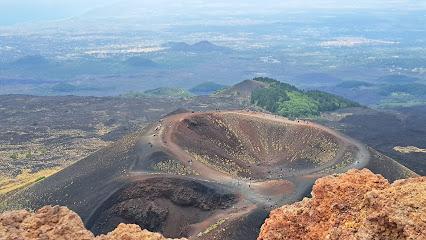
Fontana dell'Elefante ('u Liotru)
Experience the historical charm of Fontana dell'Elefante, Catania's iconic landmark, where art, culture, and vibrant city life converge.
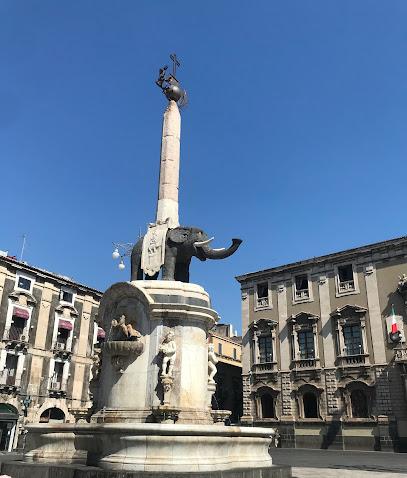
Basilica Cattedrale di Sant'Agata
Explore the awe-inspiring Basilica Cattedrale di Sant'Agata in Catania, a masterpiece of Baroque architecture and a center of spiritual heritage.

Bam Bar
Discover Bam Bar in Taormina, a vibrant cafe and bar famous for its delicious granitas and inviting atmosphere, perfect for a refreshing break.
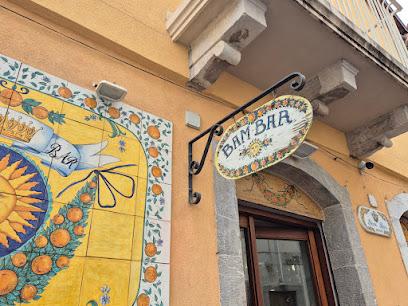
Piazza Università
Experience the historical essence of Catania at Piazza Università, where stunning architecture meets vibrant local culture.
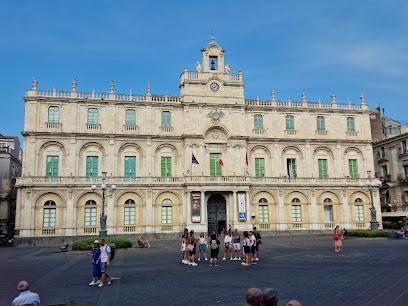
Piazza Università
Discover the vibrant heart of Catania at Piazza Università, where history, culture, and stunning views of Mount Etna converge in a charming Italian square.

Catania Fish Market
Discover the vibrant Catania Fish Market, a seafood lover's paradise where fresh ingredients and Sicilian culture come together in a lively atmosphere.
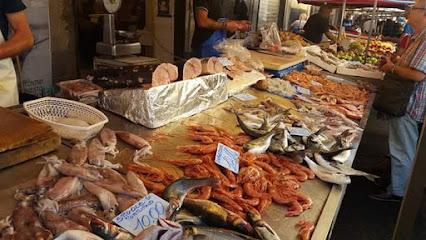
Castello Normanno - Svevo di Aci Castello
Discover the historical wonders of Castello Normanno - Svevo in Aci Castello, a stunning medieval castle with breathtaking views and rich cultural heritage.
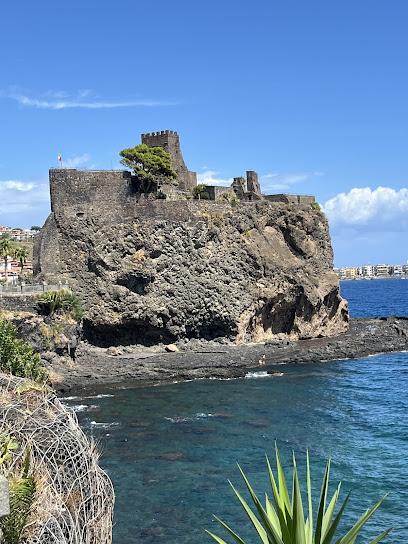
Mt Etna
Explore the breathtaking landscapes and rich history of Mt. Etna, Europe's largest active volcano, located in the heart of Sicily.
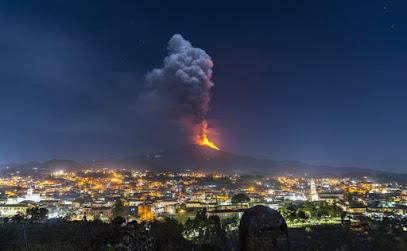
Teatro Massimo Bellini
Discover the beauty and culture of Teatro Massimo Bellini, a historic opera house in Catania offering breathtaking performances and rich heritage.

Porta Catania
Discover the historical charm and vibrant culture of Taormina through Porta Catania, a gateway to stunning landscapes and rich heritage.
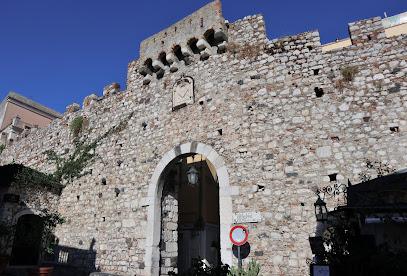
Castello di Mola
Discover the enchanting Castello di Mola in Castelmola, a historic castle offering stunning views and a glimpse into Sicily's rich heritage.
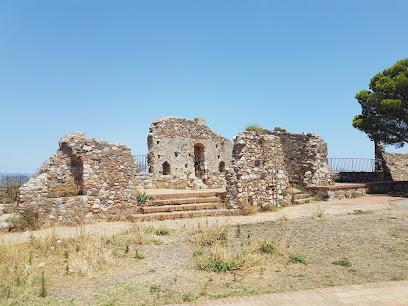
Essential places to dine
Scirocco Sicilian Fish Lab
Experience fresh seafood delights at Scirocco Sicilian Fish Lab in Catania – where traditional flavors meet modern dining.
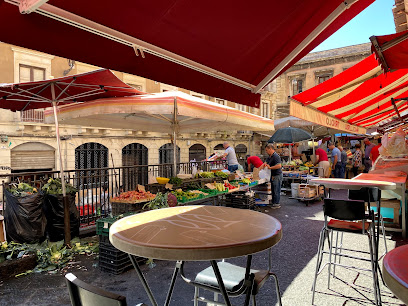
A Putia Dell'Ostello
Experience authentic Sicilian cuisine at A Putia Dell'Ostello in Catania - where tradition meets creativity in every dish.
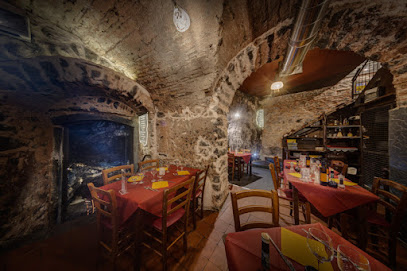
La Terrazza Del Barone
Experience exquisite seafood and traditional Italian flavors at La Terrazza Del Barone in beautiful Catania.

Ristorante da Antonio
Discover authentic Italian flavors at Ristorante da Antonio in Catania—where fresh seafood meets traditional Sicilian cuisine.
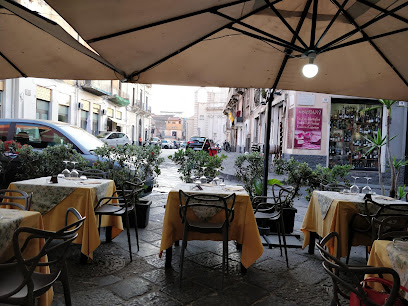
Vuciata
Discover Vuciata in Catania: A haven for authentic Italian cuisine where every meal tells a story through its rich flavors.
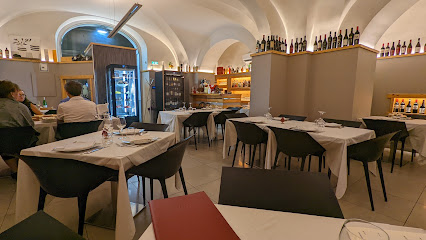
Trattoria U Fucularu
Experience authentic Sicilian cuisine at Trattoria U Fucularu in Catania—where every meal is a delightful journey through Italy's culinary heritage.
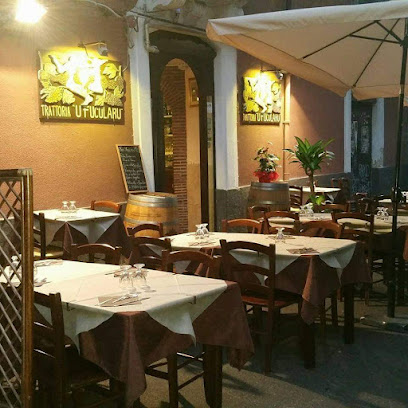
La Pentolaccia
Experience authentic Sicilian flavors at La Pentolaccia in Catania - where every dish tells a story of tradition and passion.
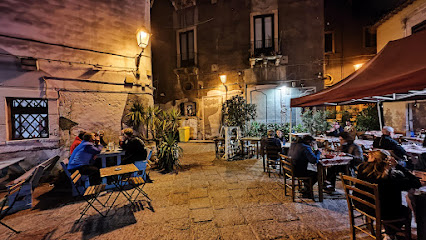
Osteria Antica Marina
Discover authentic Sicilian seafood at Osteria Antica Marina in Catania – where every dish tells a story of tradition and flavor.
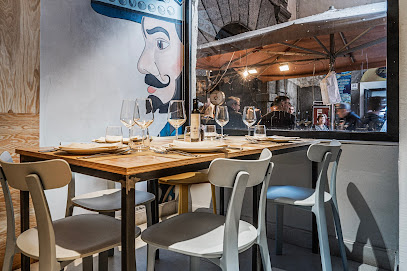
Ristorante Canni & Pisci
Discover the authentic taste of Sicily at Ristorante Canni & Pisci, where fresh seafood meets traditional Mediterranean flavors.
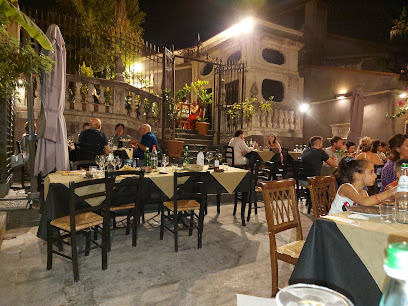
Il Gambero Pazzo
Experience exquisite seafood and authentic Italian flavors at Il Gambero Pazzo in Catania – a must-visit culinary gem.
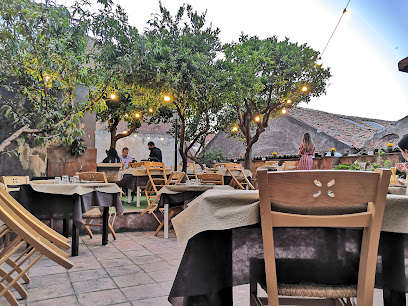
Polpetteria
Experience authentic Italian cuisine at Polpetteria in Catania - where every dish tells a story.
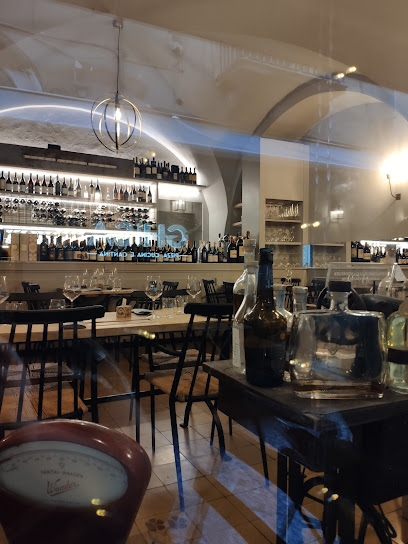
Me Cumpari Turiddu
Experience authentic Sicilian cuisine at Me Cumpari Turiddu in Catania – where tradition meets flavor in every dish.

Buatta
Discover Buatta in Catania: A delightful fusion of Sicilian flavors and European charm awaits you at this must-visit restaurant.
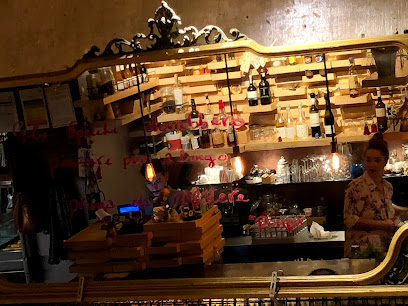
Mad in Italy
Experience culinary excellence at Mad in Italy - where traditional flavors meet modern creativity in the heart of Catania.
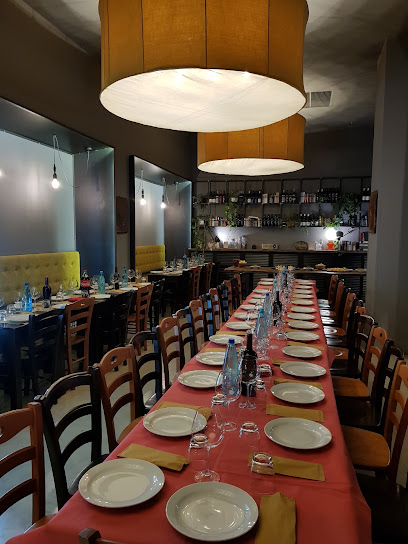
Il Sale Art Cafe'
Discover authentic Italian flavors at Il Sale Art Cafe', where culinary artistry meets vibrant ambiance in the heart of Catania.
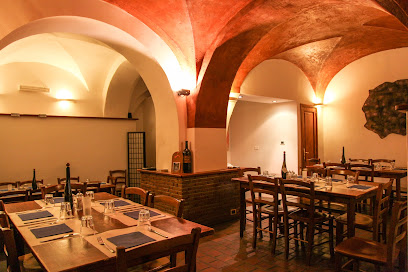
Markets, malls and hidden boutiques
Porte di Catania
Discover the vibrant shopping scene at Porte di Catania, where fashion, food, and fun come together in a modern Sicilian atmosphere.

COIN
Discover COIN in Catania, a stylish dress store offering the latest in fashion, cosmetics, and accessories for a complete shopping experience.
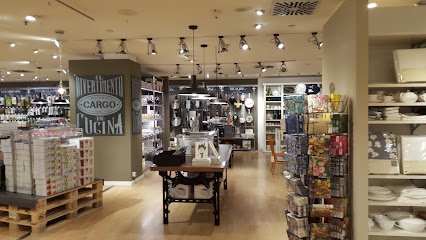
Rinascente Catania
Discover the elegance of Italian shopping at Rinascente Catania, where style meets local culture in the heart of Sicily.
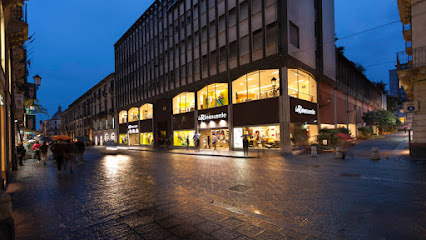
Flying Tiger Copenhagen
Explore a vibrant gift shop in Catania offering eclectic home goods, stationery, toys, and more with a charming Scandinavian flair.

Centro Commerciale Grandecina Catania
Discover the ultimate shopping destination in Catania, featuring a variety of stores from gift shops to clothing and toy stores, all in one vibrant location.
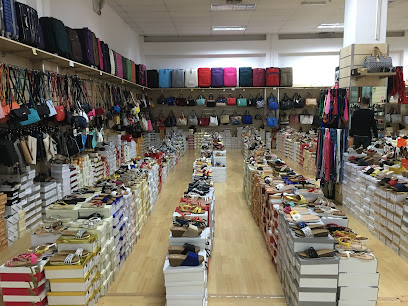
IQOS Boutique Catania
Discover the future of smoking with innovative heated tobacco products at IQOS Boutique Catania, a must-visit for tech-savvy travelers.
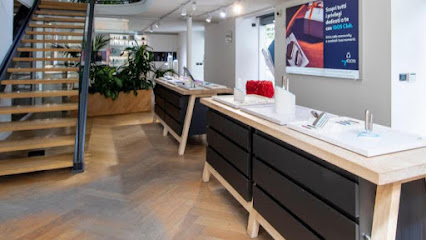
Nelson Sicily | Store
Unveil the rich tastes of Sicily at Nelson Sicily, your go-to wine store and bar in Catania, where local flavors meet expert guidance.

Wine & Charme
Discover the finest Sicilian wines and artisanal pottery at Wine & Charme in Catania, an enchanting blend of local culture and craftsmanship.
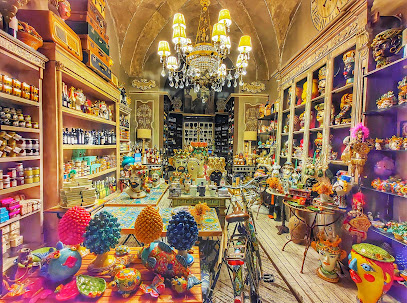
Mizzica Souvenir
Discover authentic Sicilian souvenirs and crafts at Mizzica Souvenir in Catania, where tradition and artistry meet.

Freak
Explore the eclectic vintage clothing and accessories at Freak, Catania's hidden gem for fashion enthusiasts and treasure hunters.
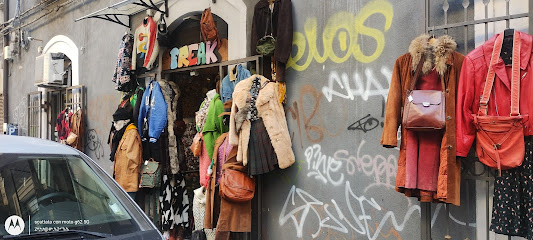
Vulcanika Artigianato Siciliano
Explore the beauty of Sicilian craftsmanship at Vulcanika Artigianato Siciliano, a unique craft store in Catania filled with handcrafted treasures.

Cari&Rari Vinyl Shop
Explore Cari&Rari Vinyl Shop in Catania for a unique collection of vinyl records and immerse yourself in the city's vibrant music culture.
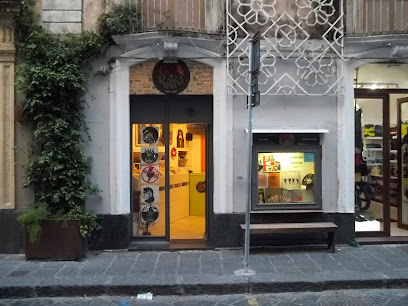
BLU FOX
Explore BLU FOX in Catania for unique dresses that blend modern style with Sicilian charm, perfect for any occasion during your travels.
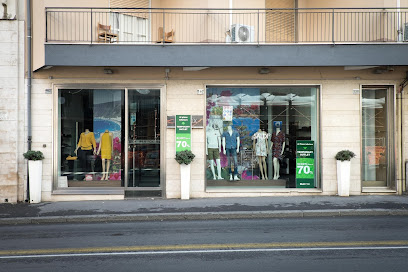
Agathae - Prodotti Tipici Siciliani
Explore Agathae in Catania for authentic Sicilian gifts, exquisite chocolates, and health foods, a true taste of local tradition.
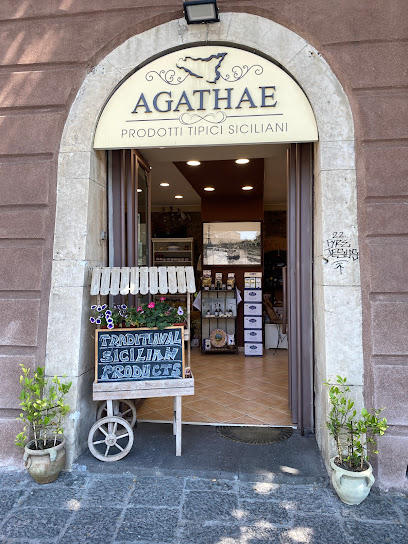
Pinko Boutique Catania
Explore Pinko Boutique in Catania for the latest women's fashion and accessories that capture the essence of Italian style and elegance.
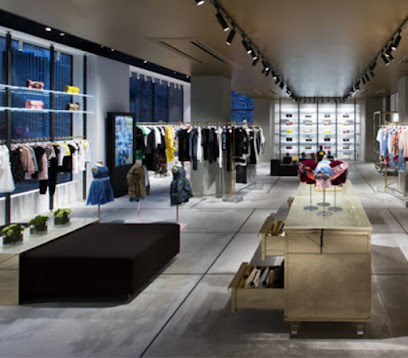
Essential bars & hidden hideouts
Razmataz | Wine Bar Catania
Discover the essence of Catania's nightlife at Razmataz Wine Bar, where exquisite wines meet a vibrant atmosphere.
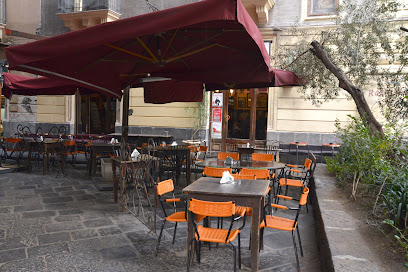
BarnAut
Experience the vibrant atmosphere of BarnAut, a unique pub in Catania, where coffee and nightlife blend seamlessly.
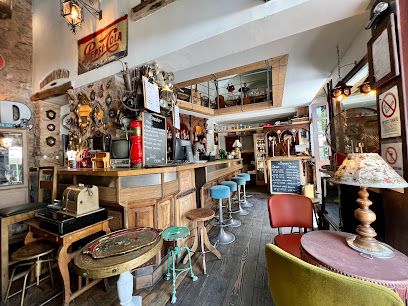
First Food & Drink
Explore the vibrant flavors of Catania at First Food & Drink, where cocktails meet Sicilian cuisine in a lively atmosphere.
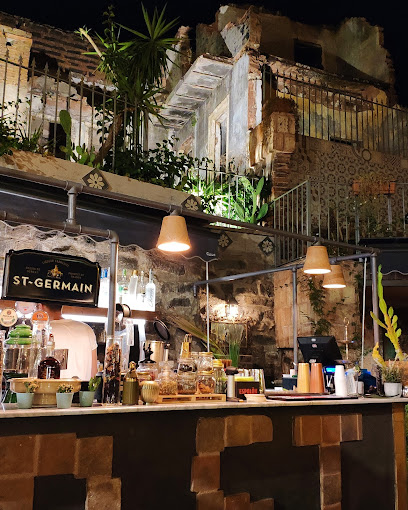
Mezzaparola Cocktail Art Pub
Experience Catania's nightlife at Mezzaparola Cocktail Art Pub, where exquisite cocktails meet delightful small plates in a vibrant atmosphere.
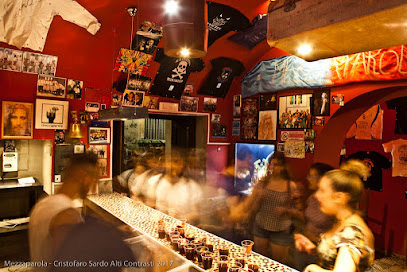
Mosaik Beer House & Tea Room
Discover the best of craft beers and artisanal teas at Mosaik Beer House & Tea Room, a must-visit destination in Catania, Italy.
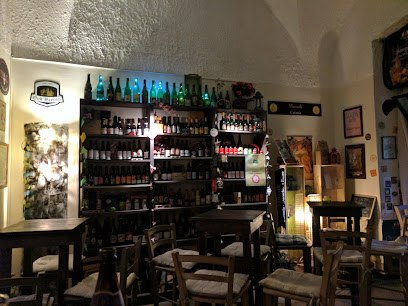
Bohéme Mixology Bar
Explore the vibrant cocktail culture at Bohéme Mixology Bar in Catania, where creativity meets flavor in every sip.
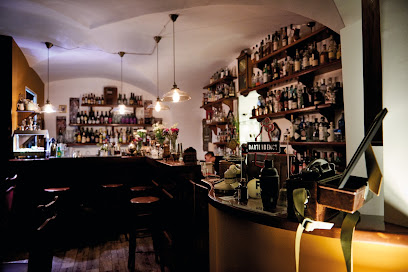
Glamour
Experience the vibrant nightlife of Catania at Glamour, where delicious cuisine meets lively entertainment in a stylish pub atmosphere.
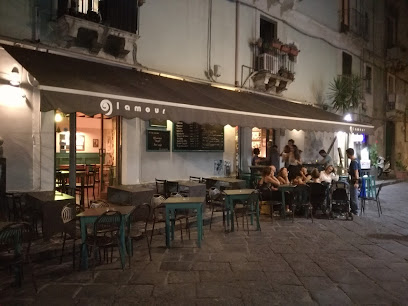
Drunk Bros
Discover the lively spirit of Drunk Bros, a premier cocktail bar in Catania, offering a vibrant nightlife and a fantastic selection of drinks.
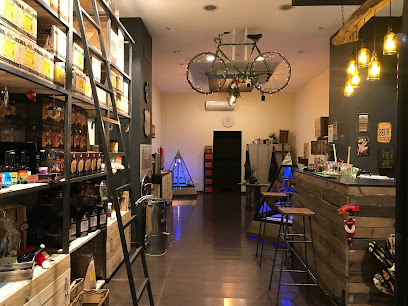
22 lounge bar Gin Bar
Discover the vibrant atmosphere of 22 Lounge Bar in Catania, where expertly crafted cocktails meet chic design.
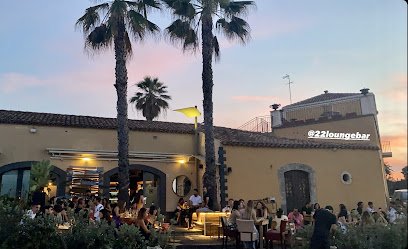
La chiave
Discover La Chiave, a lively pub in Catania, offering a vibrant atmosphere, delicious drinks, and authentic Sicilian nightlife.

Vinicolo Cocktail Lab
Experience the art of mixology at Vinicolo Cocktail Lab, Catania's premier cocktail bar, where creativity meets flavor.
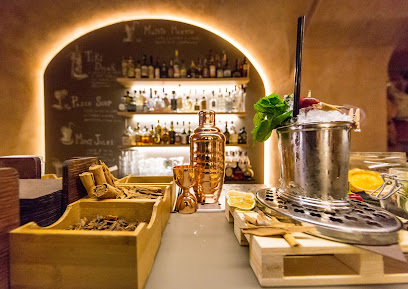
Circus Cocktail Bar
Experience vibrant nightlife at Circus Cocktail Bar in Catania, where masterfully crafted cocktails and a lively atmosphere await.
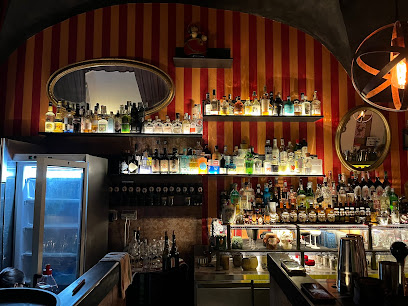
Lupo Drinks and Fun Room
Discover the vibrant atmosphere and creative cocktails at Lupo Drinks and Fun Room, the perfect bar for tourists in Catania, Italy.

Bar Cuore
Experience the vibrant nightlife of Catania at Bar Cuore, where exquisite drinks meet a lively atmosphere in a stylish lounge setting.
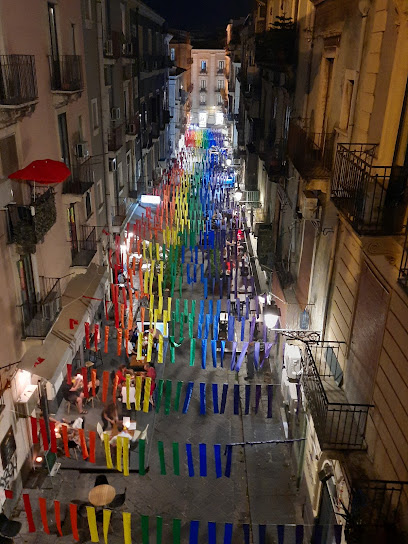
Big Daddy's
Discover Big Daddy's, Catania's premier cocktail bar, where lively music meets expertly crafted drinks in a vibrant atmosphere.

Local Phrases
-
- HelloCiao
[chow] - GoodbyeAddio
[ad-dyoh] - YesSì
[see] - NoNo
[noh] - Please/You're welcomePer favore/Prego
[pair fah-voh-reh/preh-goh] - Thank youGrazie
[graht-zee-eh] - Excuse me/SorryScusa/Mi dispiace
[skoo-sah/mee dees-pyah-cheh] - How are you?Come stai?
[koh-meh stah-ee] - Fine. And you?Bene. E tu?
[beh-neh. eh too] - Do you speak English?Parli inglese?
[pahr-lee een-gleh-zeh] - I don't understandNon capisco
[non kah-pee-skoh]
- HelloCiao
-
- I'd like to see the menu, pleaseVorrei vedere il menu, per favore
[vohr-ray veh-deh-reh eel meh-noo, pair fah-voh-reh] - I don't eat meatNon mangio carne
[non mahn-joh kahr-neh] - Cheers!Salute!
[sah-loo-teh] - I would like to pay, pleaseVorrei pagare, per favore
[vohr-ray pah-gah-reh, pair fah-voh-reh]
- I'd like to see the menu, pleaseVorrei vedere il menu, per favore
-
- Help!Aiuto!
[ah-yoo-toh] - Go away!Vattene!
[vaht-teh-neh] - Call the Police!Chiamate la Polizia!
[kyah-mah-teh lah poh-lee-tsyah] - Call a doctor!Chiamate un dottore!
[kyah-mah-teh oon doht-toh-reh] - I'm lostMi sono perso
[mee soh-noh pehr-soh] - I'm illSto male
[stoh mah-leh]
- Help!Aiuto!
-
- I'd like to buy...Vorrei comprare...
[vohr-ray kohm-prah-reh] - I'm just lookingSto solo guardando
[stoh soh-loh gwar-dahn-doh] - How much is it?Quanto costa?
[kwahn-toh koh-stah] - That's too expensiveÈ troppo caro
[eh troh-poh kah-roh] - Can you lower the price?Puoi abbassare il prezzo?
[pwah-ee ahb-bahs-sah-reh eel preht-soh]
- I'd like to buy...Vorrei comprare...
-
- What time is it?Che ora è?
[keh oh-rah eh] - It's one o'clockÈ l'una
[eh loo-nah] - Half past (10)Sono le dieci e mezza
[soh-noh leh dyeh-chee eh meh-tsa] - MorningMattina
[maht-tee-nah] - AfternoonPomeriggio
[poh-meh-ree-joh] - EveningSera
[seh-rah] - YesterdayIeri
[yeh-ree] - TodayOggi
[oh-jee] - TomorrowDomani
[doh-mah-nee] - 1Uno
[oo-noh] - 2Due
[doo-eh] - 3Tre
[treh] - 4Quattro
[kwah-troh] - 5Cinque
[cheen-kweh] - 6Sei
[seh-ee] - 7Sette
[seht-teh] - 8Otto
[oht-toh] - 9Nove
[noh-veh] - 10Dieci
[dyeh-chee]
- What time is it?Che ora è?
-
- Where's a/the...?Dove si trova...?
[doh-veh see troh-vah] - What's the address?Qual è l'indirizzo?
[kwahl eh leen-dee-ree-tsoh] - Can you show me (on the map)?Puoi mostrarmi (sulla mappa)?
[pwah-ee mohs-trar-mee (sool-lah mahp-pah)] - When's the next (bus)?Quando passa il prossimo (autobus)?
[kwahn-doh pahs-sah eel prohs-see-moh (ow-toh-boos)] - A ticket (to ....)Un biglietto (per ....)
[oon beel-lyet-toh (pair)]
- Where's a/the...?Dove si trova...?
History of Catania
-
Catania, founded in the 8th century BC by Chalcidian Greeks, has a rich history dating back to ancient times. The city's strategic location on the eastern coast of Sicily made it a prime target for various civilizations. Notably, the Greeks established the first settlements, bringing with them Hellenic culture, architecture, and trade practices that would shape the city's early development.
-
In 263 BC, Catania fell under Roman control during the First Punic War. The city flourished as a Roman colony, becoming an important hub for trade and commerce. Significant Roman structures, such as the Roman Amphitheatre and the Odeon, were constructed, testifying to the city's prosperity and the influence of Roman engineering and culture.
-
After the fall of the Western Roman Empire, Catania came under Byzantine rule, which lasted until the Arab conquest in the 9th century. The Arabs introduced new agricultural practices, irrigation techniques, and architectural styles. Their influence is still evident in the city's layout and some architectural elements.
-
In 1071, Catania was conquered by the Normans under Roger I of Sicily. The city became an integral part of the Kingdom of Sicily, and significant architectural developments took place, including the construction of the Ursino Castle by Emperor Frederick II in the 13th century. This period marked a time of relative stability and growth.
-
One of the most catastrophic events in Catania's history was the earthquake of January 11, 1693. The quake, one of the most powerful ever recorded in Italy, nearly destroyed the entire city. The subsequent reconstruction saw the city rebuilt in the Baroque architectural style, which gives modern-day Catania much of its distinctive charm.
-
Following the 1693 earthquake, Catania underwent a major transformation. Under the guidance of architects such as Giovanni Battista Vaccarini, the city was rebuilt with wide streets and magnificent Baroque buildings. Landmarks like the Catania Cathedral and the Palazzo degli Elefanti emerged during this period, showcasing the artistic and architectural renaissance of the city.
-
Mount Etna, Europe's highest and most active volcano, has played a crucial role in the history and culture of Catania. Eruptions throughout the centuries have shaped the landscape and influenced the lives of its inhabitants. The fertile volcanic soil has made the surrounding area ideal for agriculture, particularly for vineyards and orchards, contributing to the region's economic prosperity.
-
Catania, like much of Sicily, was significantly impacted during World War II. The city was heavily bombed due to its strategic importance, leading to considerable destruction and loss of life. Post-war reconstruction efforts focused on rebuilding and modernizing the city. Today, Catania is a vibrant metropolis, blending historical heritage with contemporary culture and industry.
Catania Essentials
-
Catania is served by the Catania-Fontanarossa Airport (CTA), located about 7 kilometers southwest of the city center. The airport is well-connected to major European cities with direct flights. From the airport, you can take a bus, taxi, or rent a car to reach the city center. Public buses (AMT Alibus) run frequently and take approximately 20-30 minutes to reach the city center. Taxis are readily available and offer a quicker but more expensive option.
-
Catania has a comprehensive public transportation system that includes buses, metro, and trains. The AMT buses cover the city extensively, and the Metropolitana di Catania (metro) is a convenient option for quick travel within the city. For regional travel, Catania Centrale is the main railway station connecting to other parts of Sicily and mainland Italy. Taxis and ride-sharing services like Uber are also available. Renting a car is an option, but be prepared for heavy traffic and limited parking spaces in the city center.
-
The official currency in Italy is the Euro (EUR). Credit and debit cards are widely accepted in hotels, restaurants, and shops. However, it's advisable to carry some cash for small purchases and in case you visit local markets or smaller establishments that may not accept cards. ATMs are plentiful throughout Catania, so withdrawing cash should not be an issue.
-
Catania is generally safe for tourists, but like any city, it has areas where caution is advised. Avoid walking alone late at night in less populated areas and keep an eye on your belongings, especially in crowded places like markets and public transport. Areas around Piazza Teatro Massimo and some parts of the Old Town have higher instances of petty crimes like pickpocketing. Always be vigilant and aware of your surroundings.
-
In case of an emergency, dial 112, which is the general emergency number for police, fire, and medical assistance. The main hospital in Catania is Policlinico Universitario, which has emergency services. Pharmacies are widely available and often have a sign with a green cross. It's recommended to have travel insurance that covers medical emergencies.
-
Fashion: Do dress stylishly but modestly. Avoid beachwear in the city center. Religion: Do respect religious sites by dressing conservatively and maintaining silence. Public Transport: Do validate your ticket before boarding buses and metro. Don't eat or drink on public transport. Greetings: Do greet people with a 'Buongiorno' (Good morning) or 'Buonasera' (Good evening). A handshake is common. Eating & Drinking: Do try the local cuisine and be sure to compliment the chef. Don't rush meals; dining is an experience to be savored.
-
To experience Catania like a local, visit the bustling La Pescheria fish market near Piazza del Duomo in the mornings. Enjoy a leisurely passeggiata (evening stroll) along Via Etnea, the main shopping street. Try local specialties like arancini (fried rice balls) and granita with brioche for breakfast. Engage with locals in Italian, even if it's just a few words; they appreciate the effort and are usually very welcoming.
Trending Landmark in Catania
-
Ursino Castle
-
Fountain of the Elephant
-
Piazza Università
-
Basilica Cattedrale di Sant'Agata
-
Greek - Roman theatre
-
Orto Botanico di Catania
-
Roman Amphitheater of Catania
-
Porta Garibaldi
-
Palazzo Biscari
-
Parco Vulcania
-
Palazzo Platamone
-
Benedictine Monastery of San Nicolò l'Arena
-
Basilica della Collegiata
-
Chiesa della Badia di Sant'Agata
-
Porta Uzeda
Nearby Cities to Catania
-
Things To Do in Taormina
-
Things To Do in Palermo
-
Things To Do in Marsalforn
-
Things To Do in Xaghra
-
Things To Do in Gozo
-
Things To Do in Xewkija
-
Things To Do in Xlendi
-
Things To Do in Qawra
-
Things To Do in Bugibba
-
Things To Do in Mellieha
-
Things To Do in St. Julian's
-
Things To Do in Sliema
-
Things To Do in Gzira
-
Things To Do in Valletta
-
Things To Do in Birgu
















